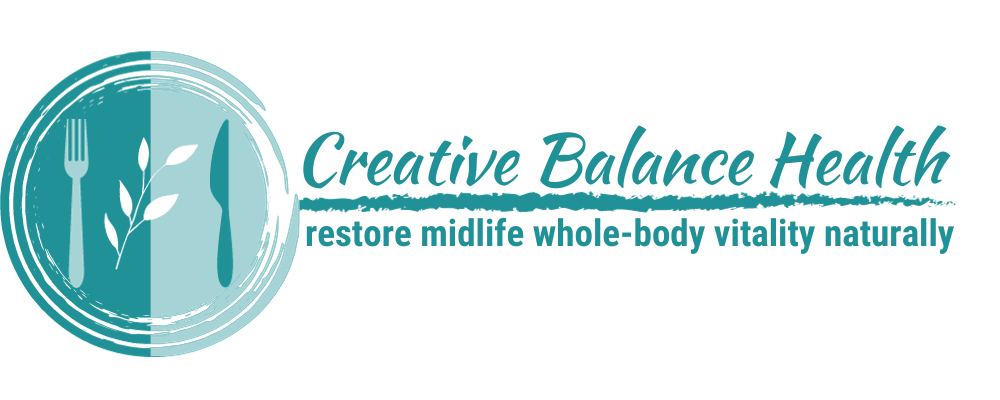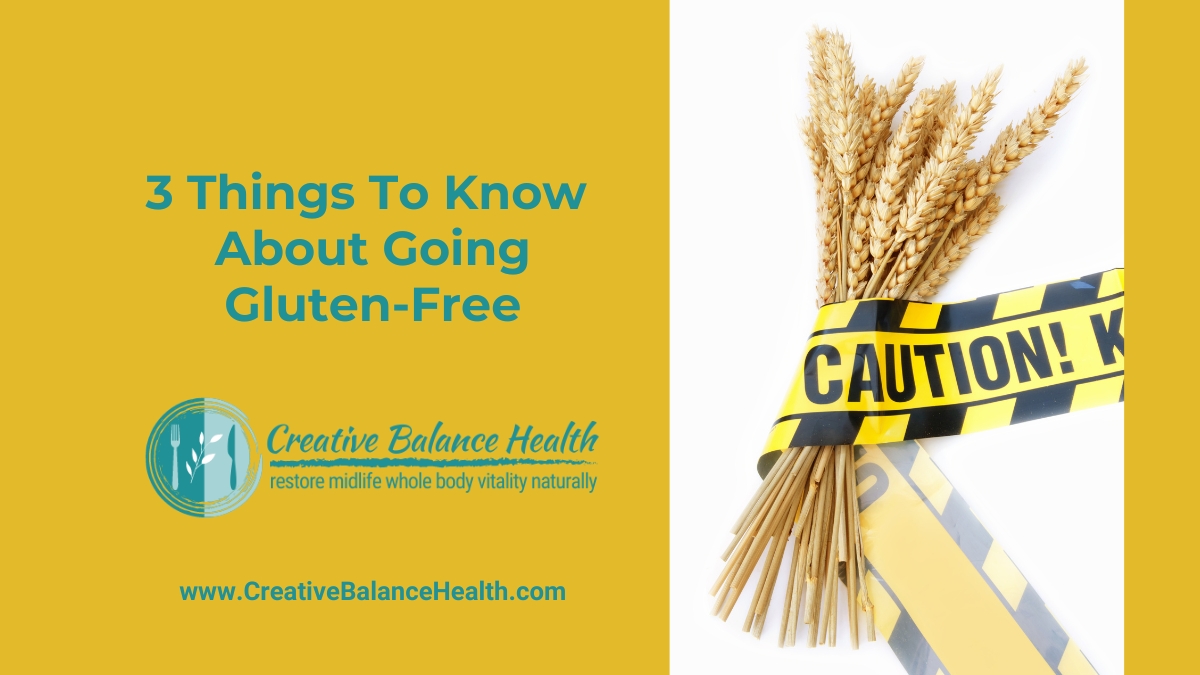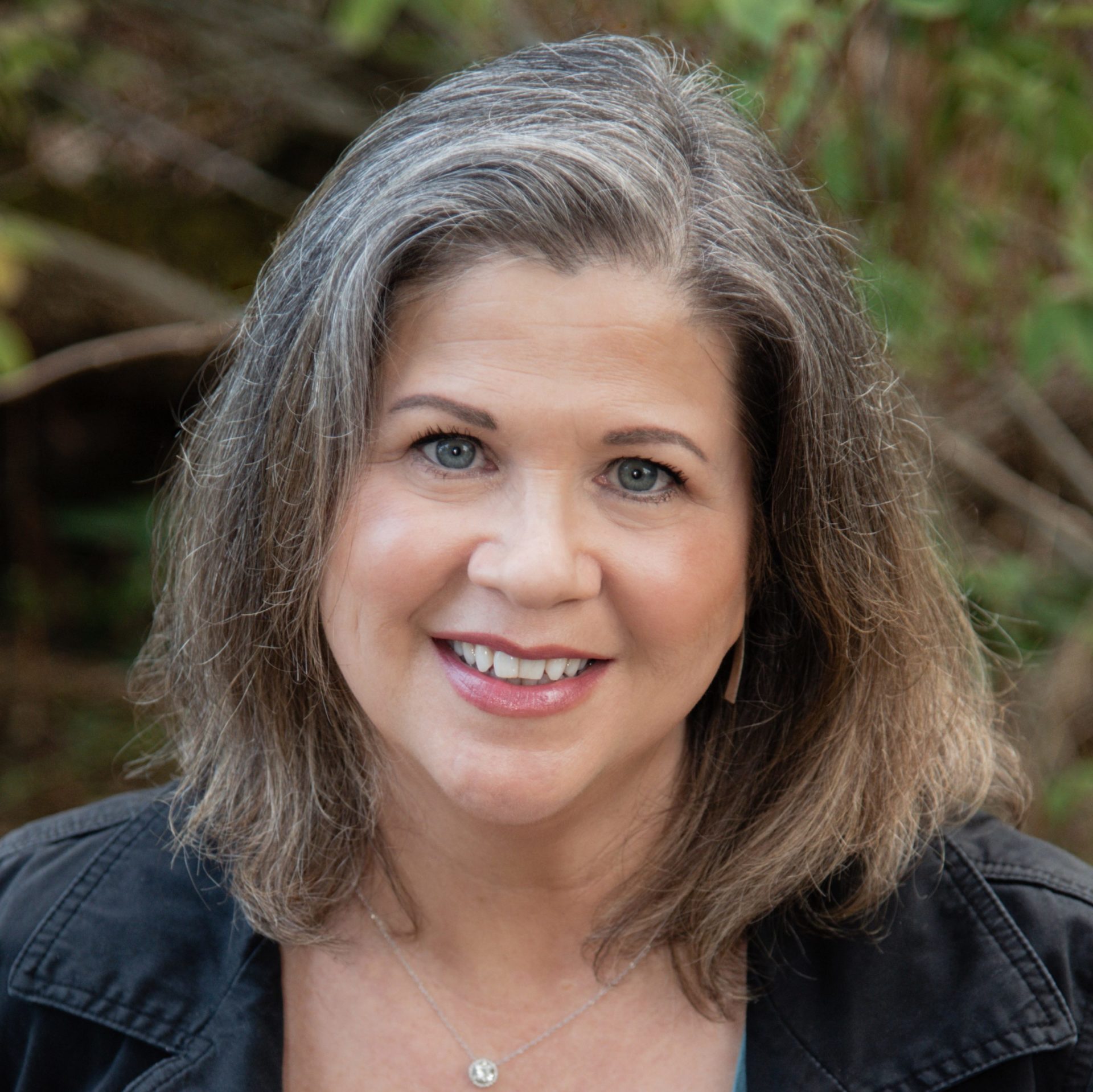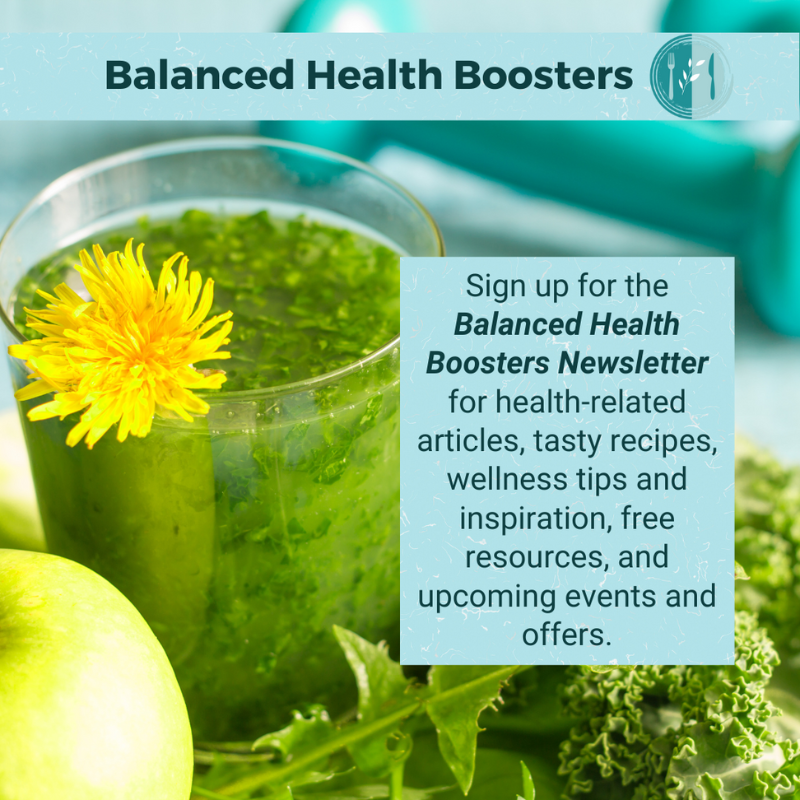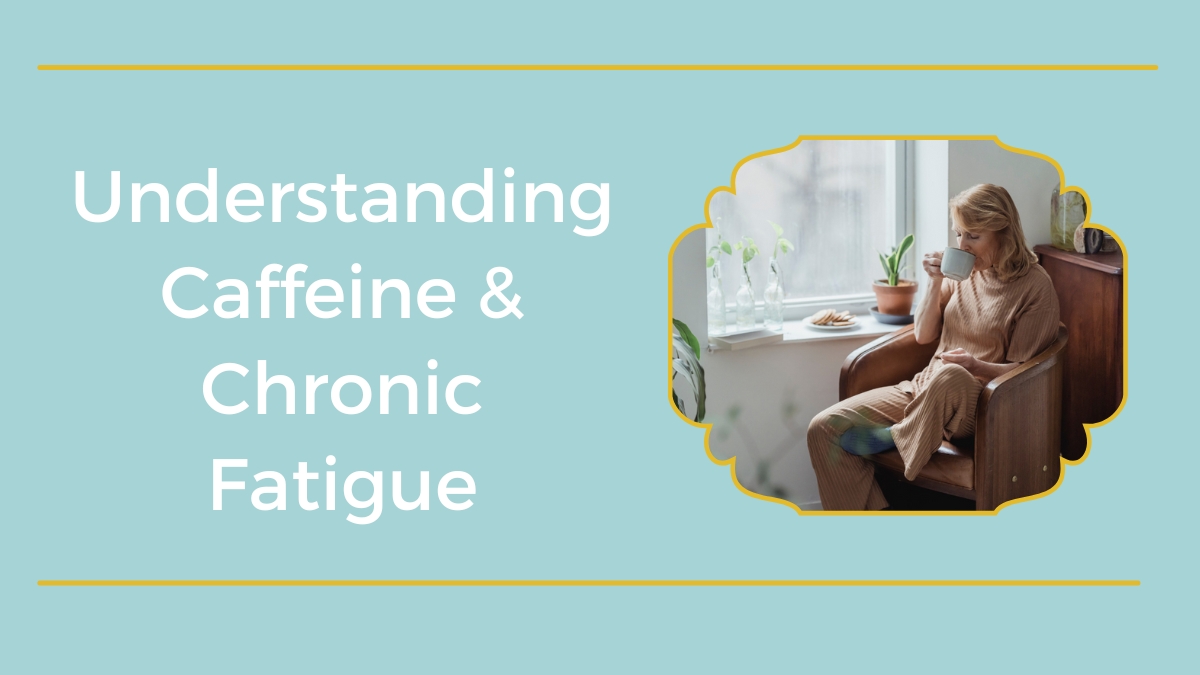3 Things to Know About Going Gluten-Free
The second Monday of the year is officially National Gluten-Free Day. It started in 2014 to bring more awareness around the gluten-free lifestyle. This year it falls on January 10th.
So, what does it mean to be gluten-free?
When I was diagnosed with “adrenal fatigue”, “leaky gut”, and thyroid disease twenty-plus years ago, I was told to eliminate all gluten from my diet. My health did improve, but the process was fraught with challenges and setbacks.
Not much had been written about gluten intolerances back then. The only time I had ever heard the term “gluten” used before, was regarding the proper kneading of dough to develop it when baking bread.
I wasn’t given much guidance so I wasn’t sure what I could eat, and gluten-free foods hadn’t become a thing yet. When I tried to explain my new dietary guidelines to my family, friends, and co-workers, I was met with skepticism, a lot of eye-rolling, and worse.
My frustration was a driving force behind my decision to go back to school and get my Functional Diagnostic Health practitioner certifications so I could help make the transition much easier for others.
Fortunately, a lot has changed since then when it comes to our understanding and acceptance of what it means to go gluten-free. Plus, adopting a gluten-free lifestyle has now become much easier and more commonplace.
More and more foods are showing up in grocery stores, sometimes whole aisles, with gluten-free alternatives, from bagels to pasta. Makeup, toothpaste, vitamins, and hair care products are also available now without any hidden gluten in the ingredients. However, the prevalence of these products has resulted in a lot of misconceptions.
Is gluten-free just a fad?
The term “gluten-free” is often considered either a passing fad or a miracle pathway to better health or something in between. Not everyone stops to think about what “gluten-free” really means and why individuals should or should not eat certain foods marked that way.
Read on for 3 things to know about going gluten-free and making the transition easier.
1. So, What Does it Really Mean to be Gluten-free?
Gluten pertains to the protein found in rye, wheat, and barley, and the cross between barley and wheat known as triticale.
There are individuals, like those with the autoimmune disorder of celiac disease – also called celiac sprue, coeliac disease, or gluten-sensitive enteropathy – who need their diets to be gluten-free because the triggered response to gluten can result in damage to the lining of the small intestines. This often leads to extreme gastrointestinal distress and the inability to absorb nutrients.
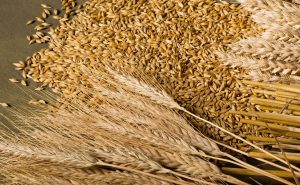
Others may have an actual wheat allergy where the proteins in wheat create a severe reaction in the body, such as the inability to breathe. Most people who seek to eliminate gluten either have a gluten intolerance, with less severe or life-threatening consequences or pursue it as a “healthy lifestyle” choice.
Being truly gluten-free means completely 100% eliminating gluten-containing foods and products from your diet. There’s no such thing as only having a “little bit” of gluten when it comes to being gluten-free, especially when it involves any autoimmune or allergy situation. It’s all or nothing, with nothing being the desired objective.
Being completely gluten-free also means that there cannot be any cross-contamination with anything else containing gluten. This could be from where the food and all of its ingredients are processed, stored, and prepared. It can also even involve where and how an ingredient is grown and harvested.
That’s why it’s so important to read labels and ask questions when it comes to your food!
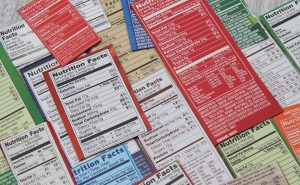
Often you will read in fine print under the list of ingredients on packages of foods labeled or even naturally gluten-free, such as oatmeal and hemp milk, that the product may have come into contact with wheat, nuts, or other foods during processing. Therefore it is not considered safe to eat for anyone who is Celiac or has a severe gluten intolerance.
Foods you may not ever think contain gluten – like mayonnaise, canned tuna, or whole turkeys(!) – often surprise me with wheat as an added ingredient when I check. Manufacturing processes and ingredients may also change with a once-trusted product.
Always, always, always, read the labels!
Many foods are naturally gluten-free, like nuts, vegetables, fruits, fresh meats, and some dairy products. To be gluten-free often means to avoid bread, desserts, pasta, cereal, beer, and a variety of other foods from an extensive list. While gluten-free alternatives do now exist, sticking with fresh, natural, unprocessed foods that don’t come in a can, bag, or box is always your best bet for any healthy diet.
Following any type of elimination or restrictive diet can be a challenging endeavor. Adopting and sticking to a gluten-free diet can be even more difficult without the proper guidance, support, and resources. However, with patience, time, and some creativity, you can find ways to effectively substitute for products not containing gluten and still have enjoyable and great-tasting food.
In addition to your doctor’s recommendations, you should also consult a nutritionist to help you plan your meals.
2. Should Anyone Go Gluten-Free?
There is really no serious danger in eliminating gluten; however, if you are eliminating a particular ingredient, take precautions when replacing that ingredient. Experts recommend sticking to foods that are naturally gluten-free, like vegetables, fruits, lean proteins, and dairy, if you can tolerate it. However, you must double-check labels for sugar and sodium content and other additives.
Unfortunately, many gluten-free products, especially processed ones like snacks and desserts, are just as unhealthy, if not more so, than regular options. Additives, unhealthy fats, chemicals, and other ingredients with names that are difficult to pronounce and not found in nature are commonplace. Gums like guar and xanthan are frequently used to improve binding and texture, but may also cause stomach upset.
People who claim to lose weight when going gluten-free, especially when they don’t opt for processed alternatives, are often just eating healthier. By cutting back on junkier foods, and including more whole, nutrient-rich, fresh vegetables in their diet, they are also reducing inflammation in their body and creating a healthier environment in their digestive system.
Experts also recommend paying close attention to your fiber intake. A diet loaded with vegetables, fruits, quinoa, and many other non-gluten grains should do the trick. Individuals are also advised to take multivitamins or other nutrients to ensure that they are getting sufficient Vitamin A, B12, D, E, and K along with iron and folate when they are not getting them naturally from their diet.
3. Being Gluten-Free Is Not Just About Giving Up Pasta and Bread
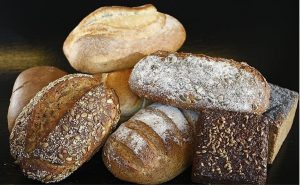
Gluten also shows up in some unexpected places. One common food to look out for is soy sauce and anything that uses it as an ingredient, which often contains trace amounts of wheat. Look for tamari instead, which is a type of soy sauce that is not made with wheat.
Gluten is also found in potato chips, hot dogs, candy bars, lunch meats, prepared eggs, yogurt, and salad dressings. Since ingredient lists do not usually include the term “gluten”, it can be tricky to spot this unless the package specifically indicates “gluten-free”.
Be cautious of foods that list “malt flavor” or “malt extract”; experts reveal that rye, barley, wheat, and brewer’s yeast all contain gluten. If not labeled with “gluten-free”, these might contain gluten due to cross-contamination.
Becoming knowledgeable and prepared is key to making the transition easier.
There are lots of hidden gluten traps to be aware of when dining out, even when a menu item is marked GF!
- French fries cooked in the same oil as onion rings, fried chicken, and other breaded foods
- Gluten-free pizza topped with ingredients from one prep container that are mixed with another or baked on the same surfaces next to regular crust pizza
- Gluten-free pasta boiled in the same water as other pasta
- Foods that normally don’t contain any wheat, like corn tortillas or falafel often made commercially with wheat as a filler ingredient
- Processed meat such as marinated beef or chicken, bacon, cold cuts, or sausage (ask the butcher!)
You get the idea. Always check with the server or person behind the counter for a list of ingredients! It’s rare when the above items are truly gluten-free.
I have found that the best thing to do when dining out is to check the menu and call ahead of time. Better restaurants are often only too happy to accommodate any dietary issue with advance notice. Have the restaurant consult with the chef directly, as food servers may not understand or appreciate the dire consequences.

If a server seems unsure and asks you if “rice or potatoes are gluten-free?” or dismisses your inquiry by telling you there’s “only a little flour used in the sauce”, that’s a huge red flag! They haven’t been properly trained in serving patrons with food sensitivities and they aren’t taking your situation seriously.
You can also prescreen restaurants by reading reviews on Yelp and searching under “gluten”. Patrons are quick to share if they’ve been “glutened” or if the restaurant has gluten-free options.
Another resource is referring to apps like Find Me Gluten-free or Allergy Eats. Your local Gluten Intolerance or Celiac Association, like the Gluten Intolerance Group (GIG) in the Seattle area, should also have lists you can use.
It is still always prudent to still check ahead and ask directly, as recipes and ingredients can change.
If you are considering eliminating gluten, speak with an expert first, regardless of what your reasons are. Some individuals may self-diagnose, but people are always encouraged to talk with a healthcare professional before starting a gluten-free diet.
Many years ago when I was advised medically to eliminate all gluten from my diet, I wasn’t given any guidance or support and found the whole process overwhelming and frustrating. I made lots of mistakes and had a hard time sticking with this new way of eating, especially in the beginning. Years later I became a Functional Diagnostic Health practitioner, determined to provide the help and resources to others facing food sensitivities, that I had so desperately needed.
If you, or someone you know, want to take back control of your digestive health, weight, and fatigue issues naturally, plus feel reenergized and great in your body again, I can help. Contact me to discuss your health concern and to learn more.
